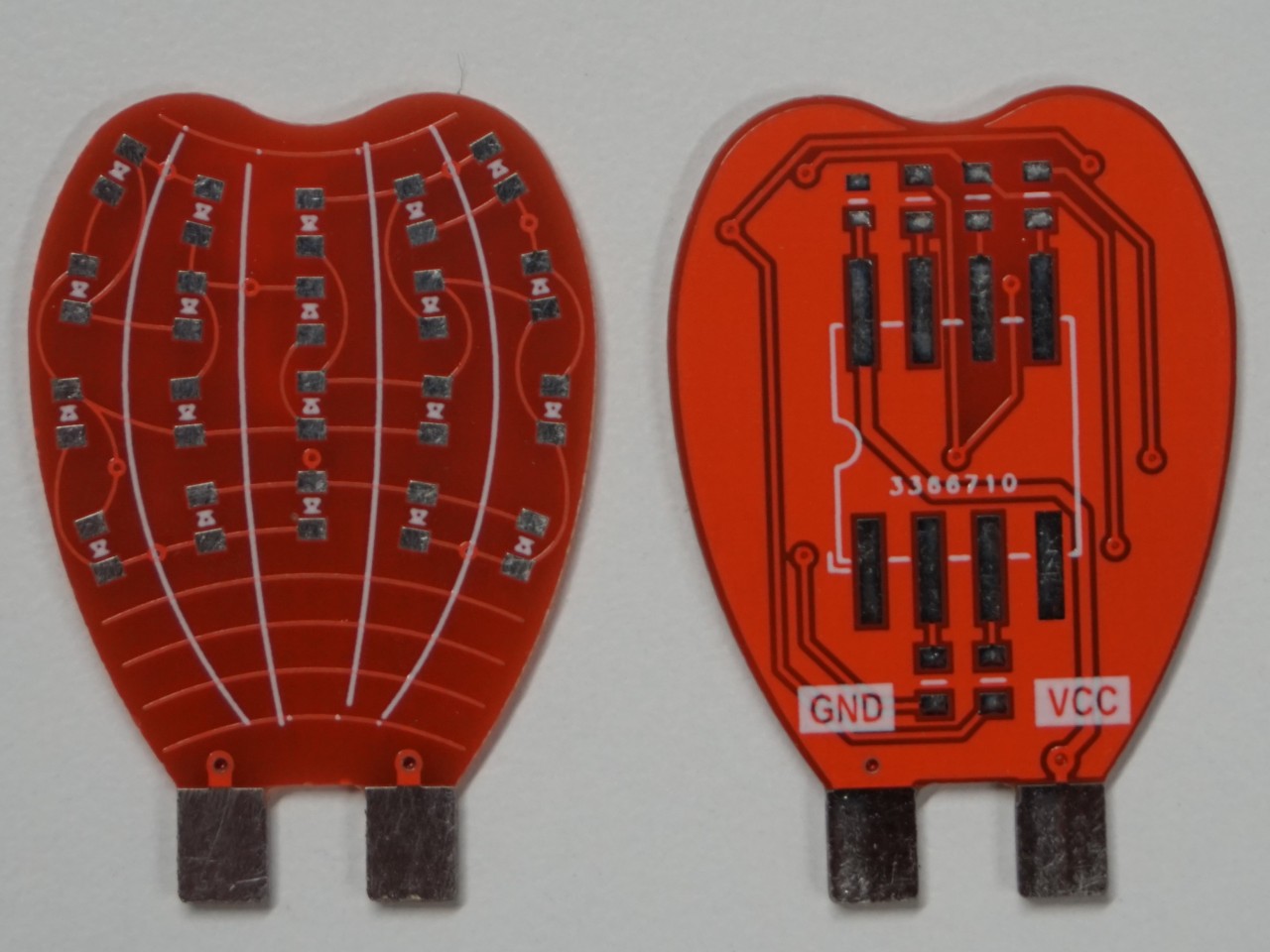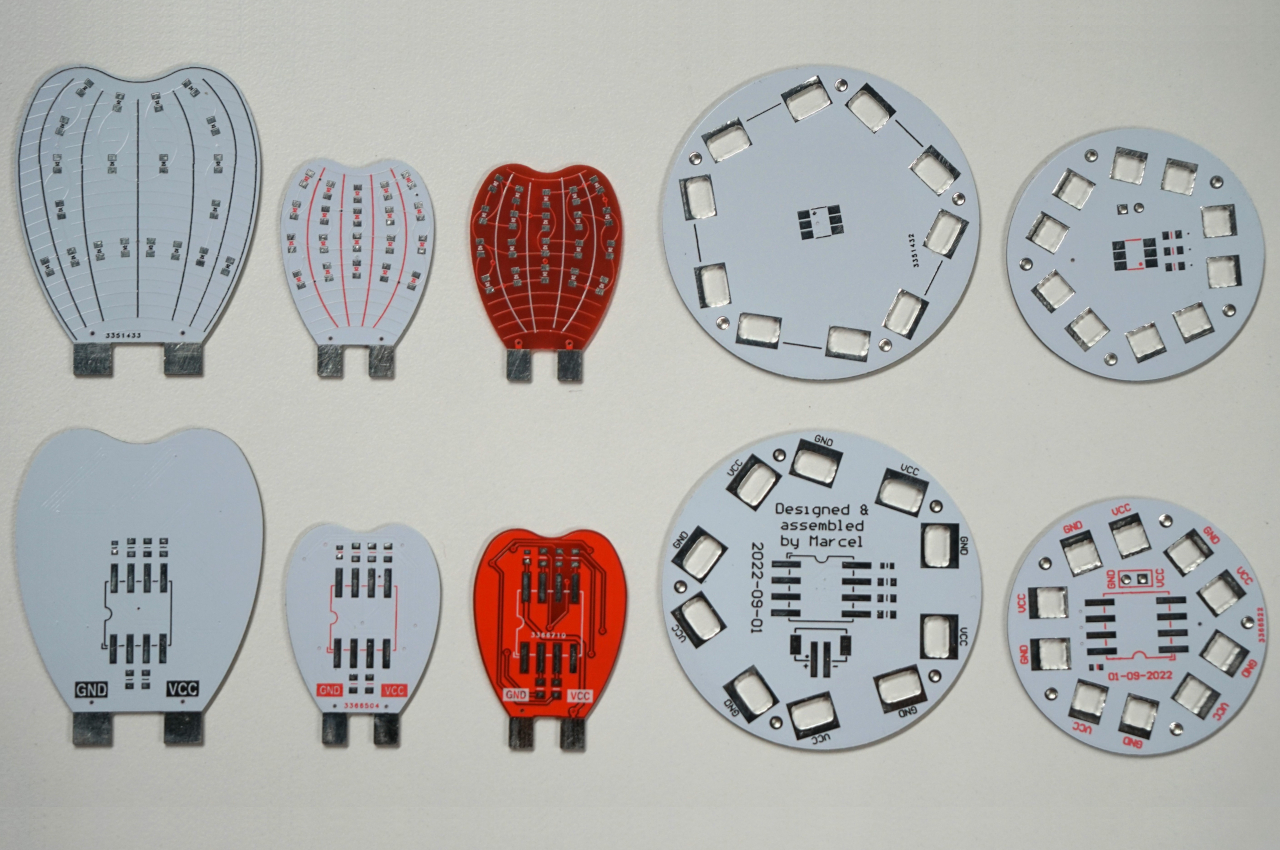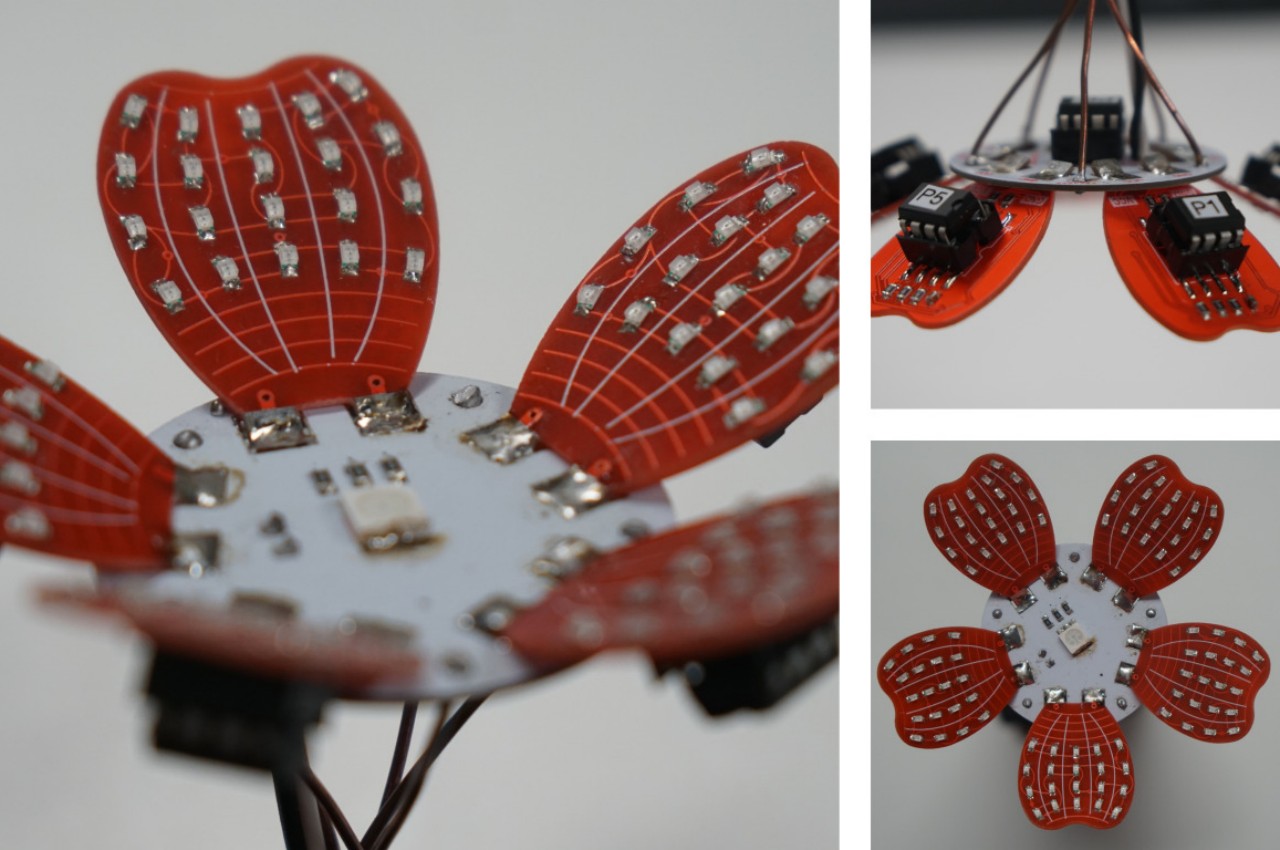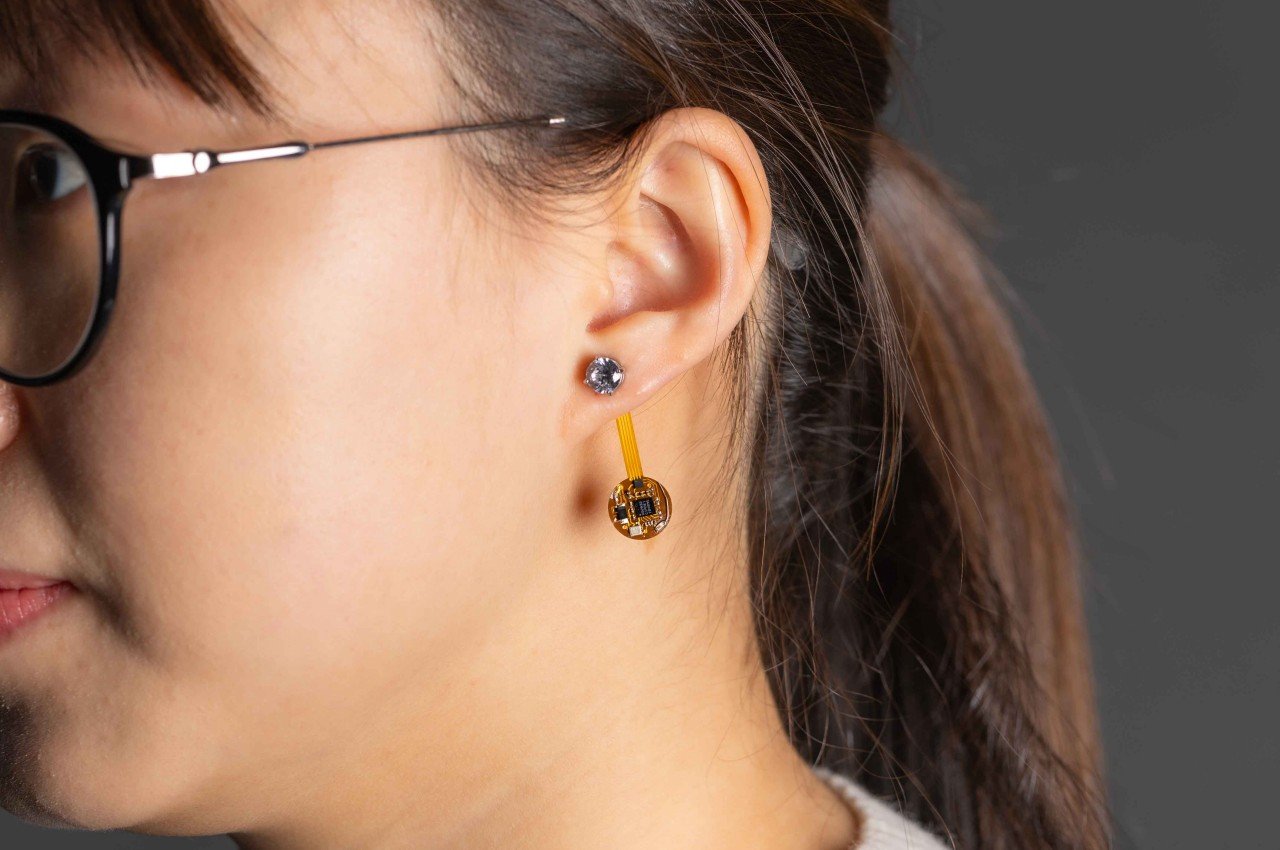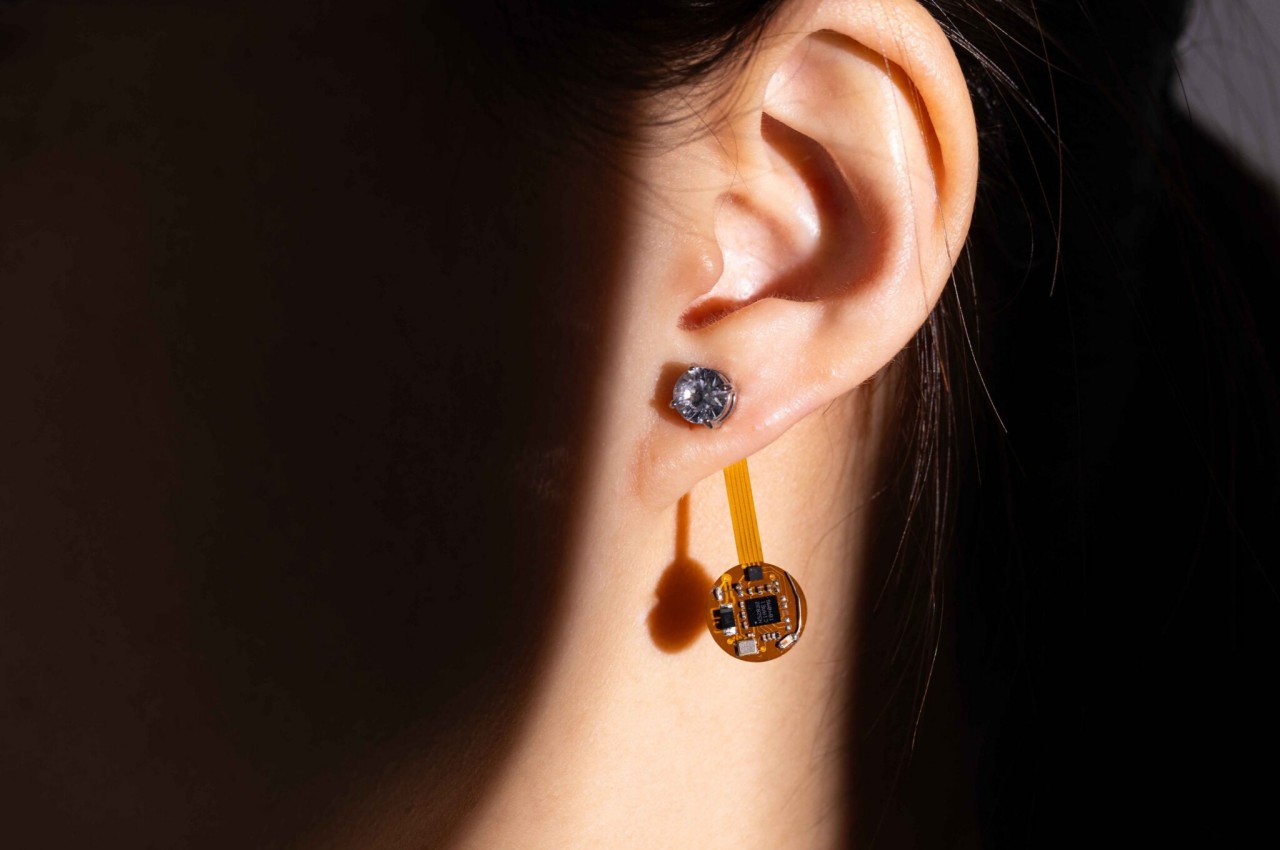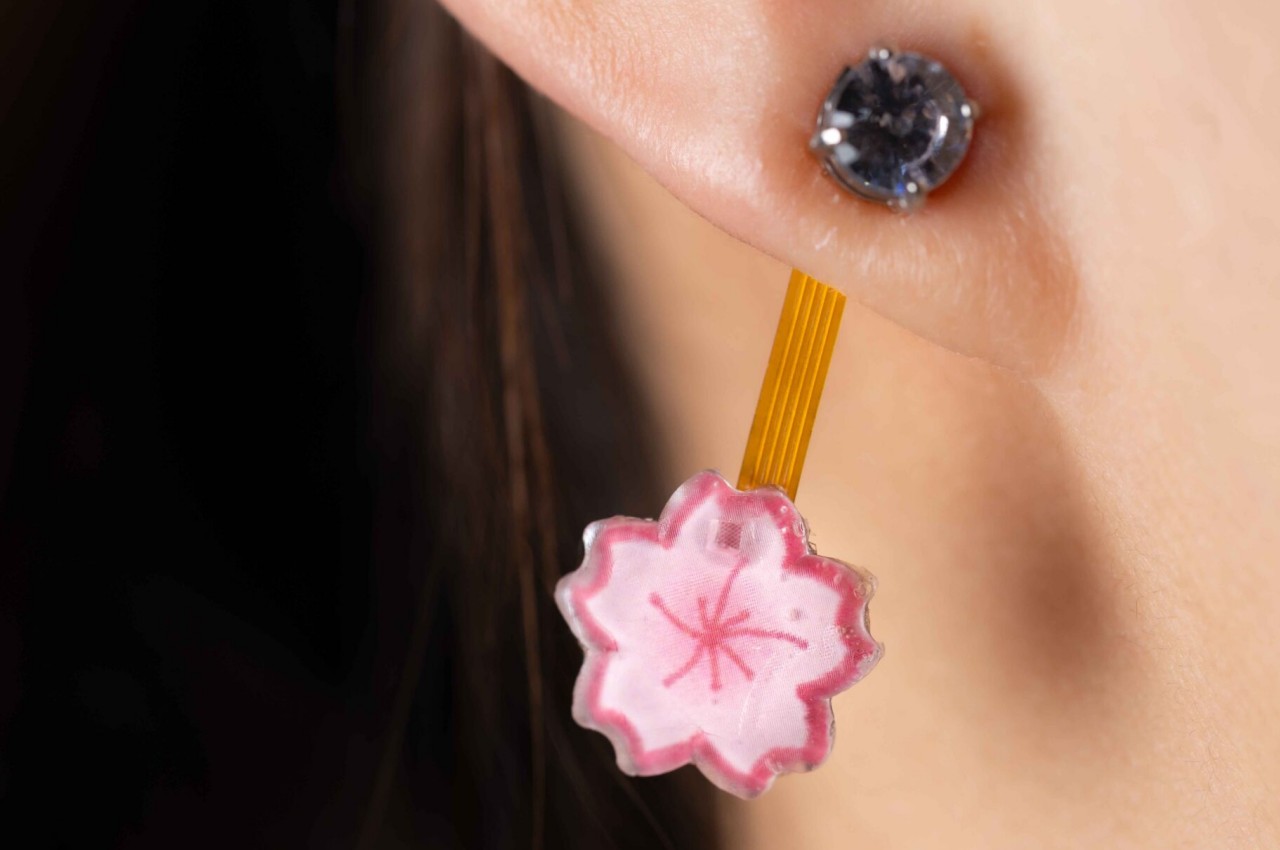Some imaginative and resourceful game preservationists have reverse-engineered a long-lost F-Zero game from the mid-'90s. Eurogamer reports that faithful recreations of two BS F-Zero Grand Prix games, broadcast exclusively for Nintendo’s long-defunct Satellaview satellite gaming extension for the Super Famicom, are now available to play for free as add-ons for the original ROMs.
The two BS F-Zero Grand Prix games — which added 10 courses, four new vehicles and a ghosting feature unavailable in the SNES / Super Famicom original — were broadcast exclusively for Nintendo’s Satellaview in 1996 and 1997. Satellaview was the Mario maker’s experimental satellite module for the Super Famicom in Japan. It never launched in the US or anywhere else globally.
Titles for the system had an ephemeral nature. First, players in Japan needed the right equipment, including the Super Famicom console, the Satellaview module (attached to the console’s bottom), a dedicated BS-X recording cartridge, a satellite dish and a receiver. They then had to tune in at specific times and download the games onto their special cartridges.
Although the system didn’t last long (Satellaview had shuttered by 2000), the console’s setup was a rough precursor to the downloaded digital gaming content we’re accustomed to today.
Given those strict requirements, it’s no wonder the sci-fi racers’ original ROMs appear (so far) lost to history. Fortunately, someone with the handle kukun kun, with apparent access to the original games, uploaded BS F-Zero gameplay videos (embedded below) to YouTube in 2018. Using those clips as a blueprint, the team of talented developers / archivists — led by a person with the handle ROMHacker GuyPerfect — reconstructed the BS F-Zero courses with a combination of game analysis software, original F-Zero assets and custom art.
The project used a modified version of Graphite, a tool created by FlibidyDibidy (initially built to analyze Super. Mario Bros. speedruns), which can use a gameplay video to determine precise character positions and button inputs. The adapted version of Graphite helped ROMHacker GuyPerfect and their team reproduce the gameplay from the original F-Zero courses as loyally as possible.
Where possible, the developers used existing F-Zero art assets from the ROMs in the (non-satellite) original game for the Super Nintendo / Famicom console. To fill in the blanks for lost assets exclusive to the satellite broadcasts, artists Porthor and PowerPanda chipped in to recreate them.
The past few months have put the F-Zero series back in the news, as Nintendo launched a battle royale version last fall of the original 16-bit game for Switch Online subscribers (in the same vein as Tetris 99 and Super Mario Bros. 35). As for the long-lost original BS F-Zero Grand Prix ROMs, Redditor u/Porthgeidwad put up a $5,000 bounty two years ago, allegedly up for grabs for anyone with the original cartridges. While waiting for someone to step up, you can visit the team’s project page and take the reverse-engineered games for a spin.
This article originally appeared on Engadget at https://www.engadget.com/game-preservationists-recreate-f-zero-games-beamed-over-satellite-in-the-mid-90s-180013966.html?src=rss

